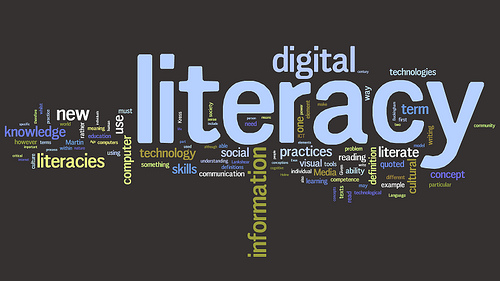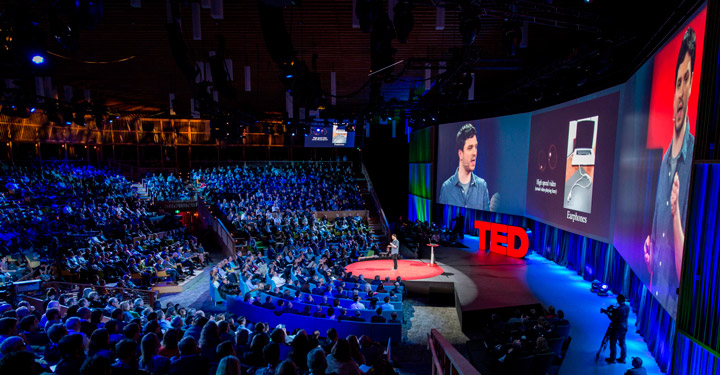
Digitalisation has reshaped the ways in which knowledge can be created and shared. The numerous possibilities that this digital world contains allow us to access information and engage with our heritage in a simple click. The approach to learning has altered as digital tools have transformed the consumption of knowledge as well as the poduction of knowledge. Whatever research you are doing it is extremely likely that you find the (personal) computer very useful and helpful. This electronic device, which before the 1940s was “the person who computed mathematical problems, just like a painter was someone who painted and a baker was someone who worked in a bakery”, is now an essential tool for any kind of research.As Berry writes in his Critical Theory and the Digital,“computation is fundamentally changing the way in which knowledge is created, used, shared and understood, and in doing so it is changing the relationship between knowledge and freedom. We are starting to see changes in the way we understand knowledge, and therefore think about it.”
Different research practices in several sciences and humanities are being transformed through digital technology, which has a great impact on the creation and dissemination of knowledge. In this sense, science blogging still plays a crucial role as blogs can be effective platforms for science communication.AsWilcox explains in her book Science Blogging: The Essential Guide: “science blogging is truly a noble pursuit because it seeks to inform and excite others. lt’s all about injecting your personality, your passions, and your reasons for loving science into online content that educates and inspires.”
Ideas worth spreading
Learning something new and feeling inspired by a blog is possible and TED can be considered as a valid example of this kind of digital ‘interaction’. In my view, TED’s platform is an interesting and creative way of sharing knowledge. It started out, in 1984, as “a conference where Technology, Entertainment and Design converged, and today covers almost all topics — from science to business to global issues — in more than 100 languages.” TED was born out of Richard Saul Wurman’s observation of a powerful convergence among these three fields. Today, TED (Technology, Entertainment and Design) is a global community where inspired thinkers from every discipline and culture, with a deeper understanding of the world, can share their ideas and knowledge. The aim of TED is, in fact, to spread ideas which can have a positive impact on humanity. These great ideas, spread in the form of short and powerful talks, can change attitudes and people’s lives in such a simple way. What is important to examine here is the interaction with the audience and the recontextualisation of knowledge. One of the main goals of TED talks is spreading and popularizing knowledge, besides entertaining the public. Therefore, considering the nature of specialised knowledge and its transformation process is also important. According to Whitley, it is worthwhile bearing in mind that “since knoweldge is, in the traditional view, produced in esoteric ways by autonomous, exclusive communities, it is cleary not directly accessible to non-scientists. Thus it has to be transformed into everyday terms if it is to be popularised successfully.”

In fact, many informal words as well as the reader pronoun ‘you’ are employed in TED talks so as to acknowledge the hearer’s presence and create a social (digital) interaction. For istance, words such as “so”, “now” or even contractions – which are typical of conversation – mostly occur at the beginning of a new sentence. This could mean that all these words are being used with a rhetorical intention in order to maintain the attention of the spectators. Furthemore, the majority of TED talks also contain memories and stories of personal experiences or something connected with the speaker’s family. This is essential to make the talk seem more emotional and interesting. Rhetorical and linguistic choices have to be taken into account in order for the speakers to receive a positive feedback from their audiences. Through their talks, TED speakers are able to manage proximity in the focus of the argument and use technical terminology so as to constantly interact with their listeners. In TED talks the words always matter since the speakers have to communicate and, above all, influence the audience sharing their ideas in a persuasive way.
TED has become so famous that people can now follow it not just through the blog and the website, but also on the Youtube channel and social network platforms, such as Facebook and Twitter. TED can have such a positive impact on people thanks to its mission, which is giving everyone the possibility to being motivated by the world’s most inspiring voices.
REFERENCES
Bill Kovarik, Revolutions in Communication. Media History from Gutenberg to the Digital Age, London, Bloomsbury Academic, 2011
David M. Berry, Critical Theory and the Digital, London, Bloomsbury Academic, 2014
Whitley, Richard, Expository science: forms and functions of popularisation, Boston, D. Reidel, 1985
blog.ted.com / www.ted.com



Great blog. Recontextualization, I like that word. And after reading your blog I realize that I should listen/watch TED more often !